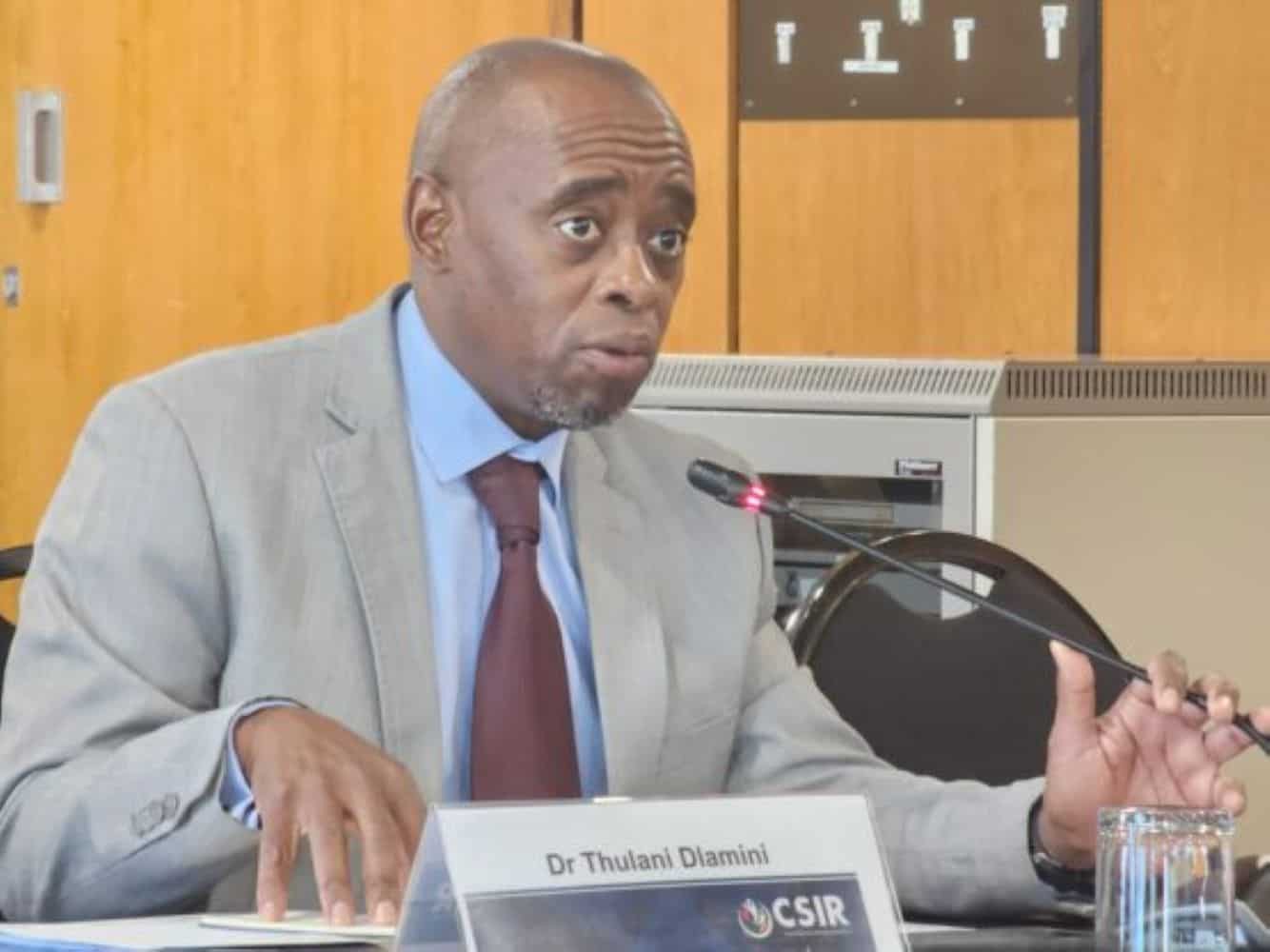It’s turning its science into business, and showing that SA punches above its weight in technology.

The Council for Scientific and Industrial Research (CSIR) turned an expected R67.6 million loss into a R40.6 million profit for the financial year to March 2025, helped by some groundbreaking innovations that are being turned into commercial reality.
One of these is biodegradable packaging which, if broadly used, could reduce the number of plastic bags littering the length and breadth of the country.
Passive radar is another technology being developed by the CSIR that has a huge market in Africa and around the world. Unlike active radar, which detects objects in the sky by emitting a pulse and waiting for an echo, passive radar is much harder to detect or jam since it uses already existing radio, TV and cellular signals to infer a target’s location, speed and direction.
Then there’s a fungal-based protein called MycoSure, which is cheaper and more versatile than plant- or meat-based protein, and can be used in breads, shakes, vegan products – and even meat.
The CSIR has built two state-of-the-art pharmaceutical manufacturing facilities that will help reduce Africa’s reliance on imports.
Another innovation coming out of the CSIR laboratories is an advanced diamond-sorting system that beats the performance of existing technologies and has so far been deployed at five sites.
These are some of the innovations that are being turned into commercial opportunities.
ALSO READ: SIU and CSIR join forces to fight cybercrime
Finances
Announcing the organisation’s results for the past year, CEO Thulani Dlamini said the CSIR is financially sustainable, backed by a 15-year unbroken record of clean audits, with a growing pipeline of revenue opportunities.
Some 20% of its budget is in the form of state grants, it also counts the state as a client when it comes to innovation.
“For the reporting year, our collaboration with public sector entities reached its highest level since 2019,” said Dlamini.
“Projects ranged from predictive models for the national and provincial elections to frameworks for transforming taxi ranks into economic hubs, and environmental assessments that support the green hydrogen economy. These initiatives illustrate the breadth of our capabilities and the alignment of our work with national priorities.”
Like research institutions around the world, the CSIR faces reduced state funding and rising cost pressures.
“A sustained decline in public funding, rising input costs and global uncertainties continue to exert pressure on innovation institutions,” says CSIR chair Vuyani Jarana.
“It is imperative that research and development are recognised not as a cost, but as a long-term investment in national development and competitiveness.”
Dlamini gives one example of missed opportunity: the decision to halt research into radar technology, which was originally launched in 1946 at the tail end of the Second World War. “You have to continuously do research and development to remain relevant,” he said.
ALSO READ: Protect yourself on social media – CSIR
Cutting-edge innovations
The CSIR has re-entered the radar field with the development of phased array technology, using AI and systems that require no mechanical parts, thereby overcoming the need to steer the radar antenna.
The system has been tested at the Rietvlei Nature Reserve near Pretoria and is able to detect and track intruders across a wide area so that security forces can intercept them quickly.
The potential is considerable: it can be deployed to border areas to curtail illegal immigration, in game parks to combat poaching, and in factories, mines and for the protection of critical infrastructure, such as Transnet rail lines and Eskom power lines.
The CSIR employs a total of 2 300 staff, 70% of whom are in science, engineering and technology.
Over the past year, it increased the number of chief researchers by 31%, with a 22% increase in projects for government and state-owned companies. Alongside this was a 17% increase in joint technology development agreements with the private sector.
“Our work with the private sector has shown significant growth, illustrating a closer alignment of our capabilities with the needs of industry – a key component of our current strategy,” said Dlamini.
ALSO READ: UP, CSIR to train smart technology researchers
Turning ideas into impact
Over the prior year, it signed 12 new licensing agreements with industry partners and established CSIR C³ as an enterprise unit to turn intellectual property into impact.
Revenue for the year was R3.54 billion (2024: R3.15 billion), of which R679 million came in the form of a parliamentary grant (less than the R714 million received in 2024).
Parliament might be tempted to gnaw away at this grant money, but the evidence suggests this is one state-owned company where the money is well spent.
The innovations coming out of the CSIR suggest SA punches well above its weight when it comes to technology, and many of these have huge commercial applications.
This article was republished from Moneyweb. Read the original here.






